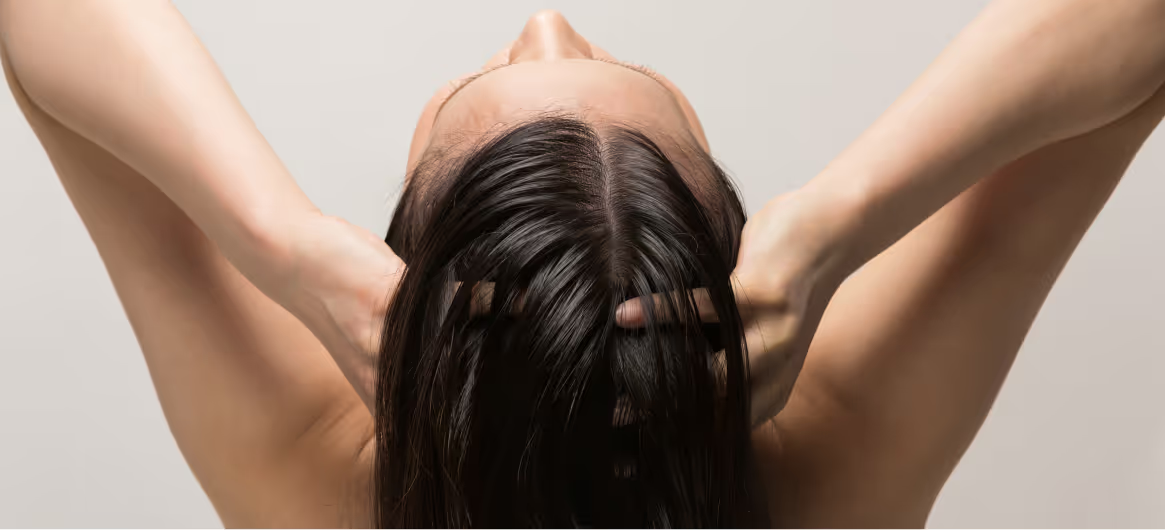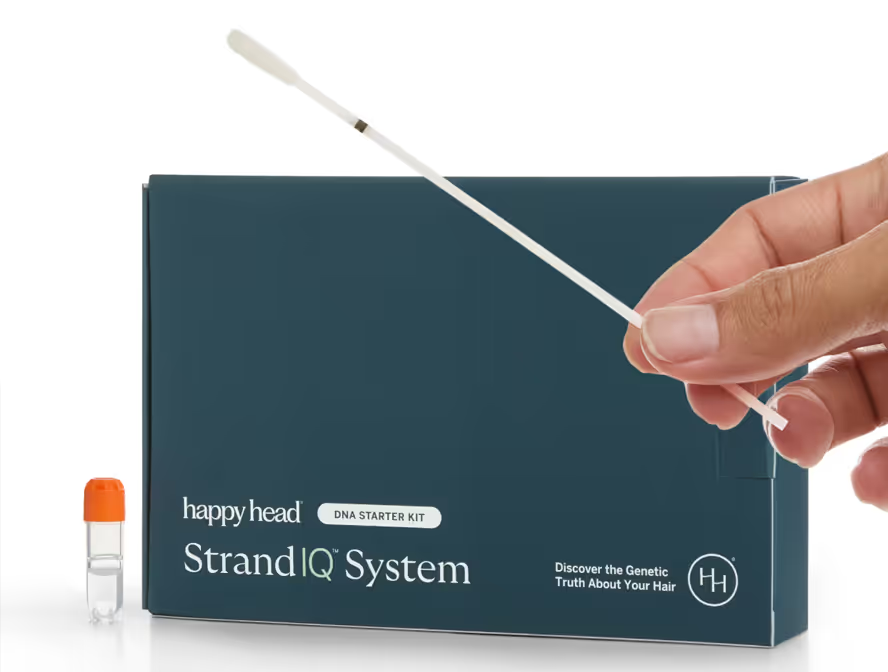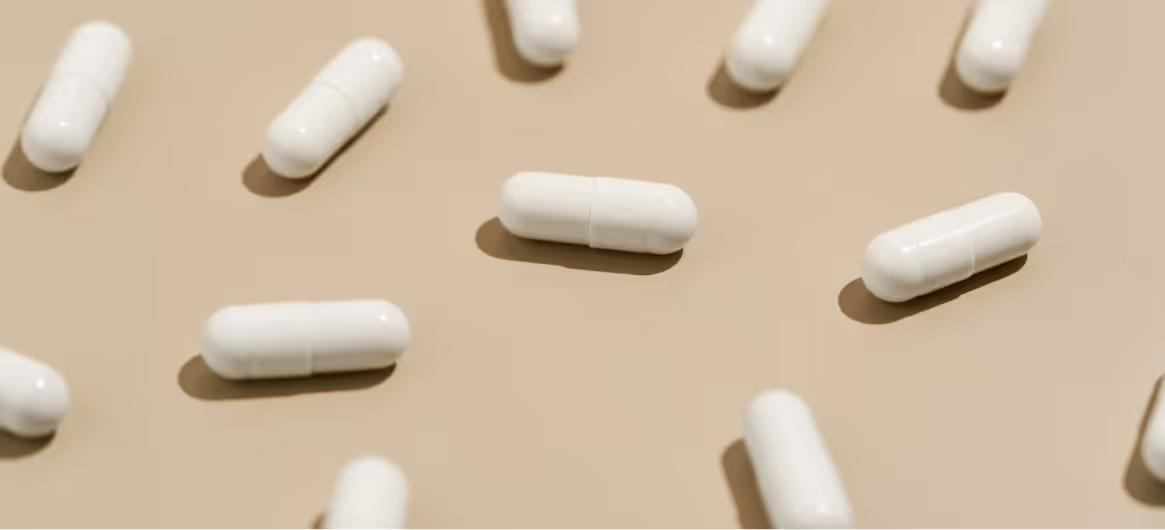A healthy scalp isn’t just about what you put on it—it’s also about what’s happening beneath the surface. One of the biggest threats to long-term hair and scalp health is oxidative stress, a process driven by free radicals that damage tissues at the cellular level. Left unchecked, oxidative stress can accelerate aging, weaken the scalp barrier, and contribute to hair thinning and loss.
Thankfully, your body has built-in systems to counteract this damage. But for some, genetic variants in antioxidant-related genes may make this defense less effective, increasing the risk of chronic inflammation, damage, and visible signs of aging.
The Genetics Behind Scalp Antioxidant Deficiency
Antioxidants play a crucial role in neutralizing free radicals—unstable molecules that can harm skin and scalp cells, particularly when you're exposed to pollution, UV rays, smoke, or stress.
Three key genes manage your body's internal antioxidant system:
- NRF2 – This "master regulator" gene activates the body's cellular defense mechanisms during oxidative stress.
- SOD2 – Also known as superoxide dismutase 2, SOD2 is an enzyme that breaks down damaging free radicals in cells.
- CAT – This gene is responsible for the production of catalase, another enzyme that helps break down hydrogen peroxide, a byproduct of oxidative stress.
Genetic variants in any of these genes can impair antioxidant activity—leading to greater vulnerability to pollution, UV damage, and environmental stressors. Over time, this can result in weakened scalp health, inflammation, and premature hair aging.
Building a Defense Plan: Recommendations by Risk Level
Your antioxidant capacity isn't fixed. With the right support—from your diet to personalized hair care solutions from Happy Head—you can bolster your defense system and support a healthier scalp, even if your genetic risk is high.
Low Genetic Risk: Maintain Your Natural Balance
If your Happy Head StrandIQ analysis identified you as being at a low risk for scalp antioxidant deficiency, then simple changes to your hair- and scalp care routine may be a good place to start.
- Use antioxidant-rich hair care products
Choose shampoos, conditioners, or leave-ins containing ingredients like vitamin C, vitamin E, and carotenoids to naturally support your scalp’s antioxidant balance. - Prioritize a diet filled with antioxidant-rich foods
The saying “eat the rainbow” has real merit when it comes to your scalp care routine. Focus on blueberries, red berries, sweet potatoes, dark leafy greens, oranges, nuts, whole grains, and green tea to help your body fight off daily free radical exposure. - Limit time in polluted environments
Urban areas and high-traffic zones can expose your scalp to airborne toxins that accelerate oxidative stress.
Medium Genetic Risk: Support and Strengthen
If your genetic analysis points to being at a moderate risk of scalp antioxidant deficiency, or if simple measures don’t seem to be helping, it may be time to step-up your scalp care routine.
- Use targeted antioxidant hair care
In addition to carotenoids and vitamins C and E, prioritize cleaning your hair and scalp with products containing green tea extract to help protect and repair oxidative damage. - Upgrade your diet
Increase your intake of antioxidant-rich foods and cook with spices like turmeric, cinnamon, and ginger, which are known for their anti-inflammatory and free-radical-fighting properties. - Consider antioxidant supplements
If your lifestyle or environment makes it hard to get enough dietary antioxidants, speak with your Happy Head dermatologist about supplements targeted to support hair and scalp health.
High Genetic Risk: Strengthen and Repair Your Defense
If your StrandIQ analysis has identified you as being at a high risk for scalp antioxidant deficiency then more intensive changes may be needed to get your scalp health back on track.
- NRF2 Support
Supplement with NRF2 activators like sulforaphane, curcumin (turmeric extract), or pterostilbene to stimulate your body's own antioxidant production. - Microneedling + Serums
Use a scalp dermaroller weekly and follow with topical antioxidants (like vitamins C, E, or glutathione) to improve absorption and scalp resilience. - Adaptogenic Herbs
Add stress-reducing herbs like Rhodiola, Ashwagandha, or Schisandra to combat oxidative stress that worsens inflammation and hair loss. - Red Light Therapy
Use low-level light therapy (650–850nm) devices three to four times per week to stimulate antioxidant activity at the follicular level. - Oxidative Stress Testing
Ask your provider to consider blood tests for markers like 8-OHdG, glutathione levels, or SOD2 activity to tailor your antioxidant strategy.
Your Scalp's Antioxidant Shield Starts With You
Even if your genes make you more prone to oxidative stress, you can take actionable steps to preserve the integrity of your scalp and hair follicles. From the products you use to the foods you eat, a targeted antioxidant strategy is key to preventing premature aging, irritation, and dullness. At Happy Head, we believe that a personalized approach makes for stronger, healthier hair—starting at the scalp.
Resources
StrandIQ SNP Marker Count: 3
StrandIQ Genes for Trait:
CAT, NFE2L2, SOD2
References:
Bravard, A., et al. (2017). Promoter variant in the CAT gene is associated with vitiligo in a Chinese population. Journal of Dermatology, 44(4), 375–383. PMID: 28412841.
Du, F., et al. (2024). Oxidative stress in hair follicle development and hair growth: signalling pathways, intervening mechanisms and potential of natural antioxidants. Journal of Cellular and Molecular Medicine, 28(12), e18486. PMID: 38923380.
Korff, S., Schmidt, H., Braun, M., Peters, S. (2016). Population genetics of the CAT –262C>T polymorphism (rs1001179) and its impact on catalase activity. Bulletin of Experimental Biology and Medicine, 161(6), 755–759. PMID: 27810954.
Krishnamurthy, H.K., et al. (2024). Inside the genome: understanding genetic influences on oxidative stress. Frontiers in Genetics, 15, 1397352. PMID: 38983269.
Papaccio, F., et al. (2022). Focus on the contribution of oxidative stress in skin aging. Antioxidants (Basel), 11(6), 1121. PMID: 35740018.
Singh, A., et al. (2019). Functional polymorphisms in NFE2L2 (NRF2) influence oxidative stress response and are implicated in skin-related disorders. Environment International, 126, 1–10. PMID: 30684348.
Treiber, N., et al. (2012). The role of manganese superoxide dismutase (SOD2) in skin aging. Dermatoendocrinology, 4(3), 232–235. PMID: 23467442.
Velarde, M.C., et al. (2012). Mitochondrial oxidative stress caused by SOD2 deficiency promotes cellular senescence and aging phenotypes in the skin. Aging (Albany NY), 4(3), 3–12. PMID: 22865113.
Xue, J., et al. (2021). NF-E2-related factor 2 (Nrf2) ameliorates radiation-induced skin injury. Frontiers in Oncology, 11, 680058. PMID: 34568011.
This content, including StrandIQ™ DNA analysis reports and any Happy Head products and/or services referenced therein, is for informational and cosmetic purposes only. It is not intended to diagnose, treat, cure, or prevent any disease. This content does not constitute medical advice and should not be used to make healthcare decisions. References to prescription treatments are educational in nature. Always consult a licensed healthcare professional for any medical concerns or treatment decisions.








.avif)

